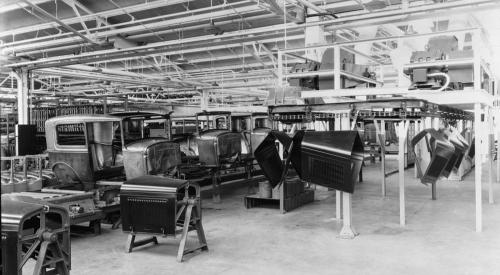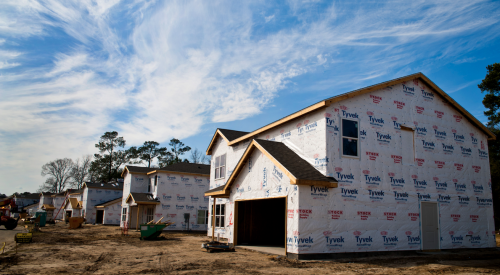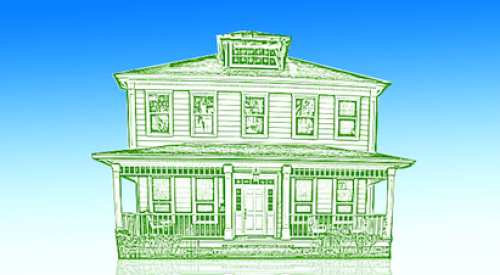Automobile manufacturers have achieved such dramatic quality and productivity results by using "lean production" methods that the movement is sweeping through manufacturers in all types of industries. Can builders apply lean production to home building? To explore the possibilities, we must first understand the fundamentals of lean production.
| Edward Caldeira, Builder Director of Quality Services, NAHB Research Center |
More than a passing fad, lean production is the culmination of a decade of development by automobile manufacturers who have, on average, cut labor hours per vehicle by more than half with one-third of the defects. Over the last few years, other industries, from toys to aircraft, have successfully adapted lean production to their manufacturing operations with similar results.
The core concept behind lean production is to create a flow among value, creating work steps while eliminating non-value steps. This has required changes to production processes with some recurring themes:
Broad-skilled, multi-disciplined teams replace functionally-grouped specialists. In home building, this translates to a single, self-managed team comprised of craftsmen with multiple skills for each phase of construction.
Continuous workflow ensures steady production rates that eliminate the chaos of fragmented stop-and-go production processes. This means building a set number of houses per week or month. Crew sizes are matched to the production rate so that they have continuous work.
A focus on fast cycle times eliminates non-value-adding activities. When non-value activities are removed from the production process, cycle times drop until physical limits are reached.
Transforming to lean production starts by uncovering which steps create customer value, commonly termed the "value stream." This is accomplished by flow-charting each step of the production process, then defining which steps add customer value.
In his book "Lean Thinking," James Womack identifies three types of work steps according to their contribution to customer value:
1. Some steps unmistakably create customer value, such as nailing studs together or connecting wires to an electrical outlet. Lean production aims to eliminate all steps except for these.
2. Other steps create no value but are unavoidable with current technologies and processes, such as code inspections, scheduling, or setting up concrete forms for foundations.
3. Additional steps create no value and are immediately avoidable, such as duplication of effort or idle time.
Create a vision of a new production system with only value-creating steps organized into a continuous flow. Unconventional thinking is necessary. For motivation, think of the enormous cost and time savings you can achieve if all but value-creating steps are eliminated.
It is easy to eliminate obviously wasteful steps immediately. The hard part is the new thinking required to remove seemingly "unavoidable" steps that do not add value.
Often, this involves eliminating reasons for the step in the first place. For instance, daily production scheduling would not be necessary if a steady production rate and continuous flows were in place.
How much potential lean construction has for the traditional home building process remains to be seen. To learn more, request a free "Lean Construction Fax" by calling the NAHB Research Center’s HOMEBASE Hotline at 800/898-2842.
Also See:
Internet Merger to Serve Builders












